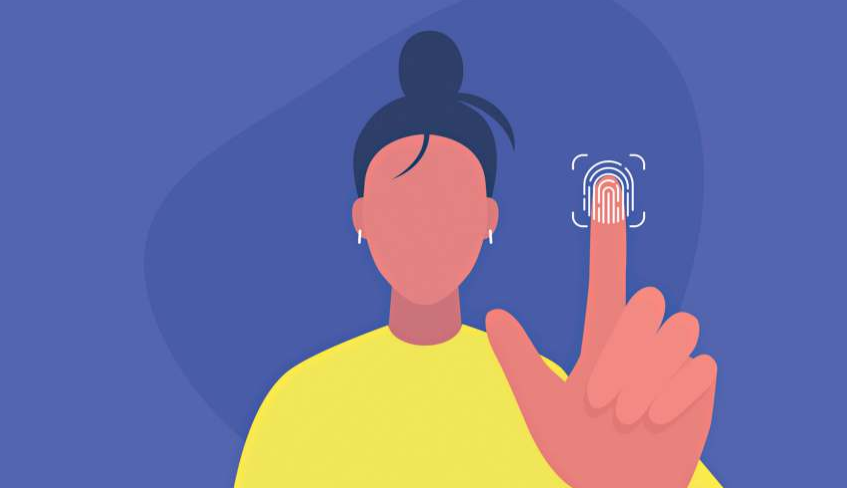News Highlight
On September 19, the Ministry of Home Affairs notified the rules governing the Criminal Procedure (Identification) Act, 2022.
Key Takeaway
- The Legislation would enable Police and Central investigating agencies to collect, store and analyse physical and biological samples, including retina and iris scans of arrested persons.
Identification of Prisoners Act, 1920
- It allows Police officers to collect certain identifiable information (fingerprints and footprints) of persons, including convicts and arrested persons.
- It also makes a magistrate may order measurements or photographs of a person to be taken to aid the investigation of an offence. In case of acquittal or discharge of the person, all material must be destroyed.
Criminal Procedure (Identification) Act, 2022
- About
- The Act gives powers to enforcement agencies to collect biological samples, retina scans, biometrics and behavioural attributes of convicted, arrested or detained persons.
- The Act seeks to repeal the Identification of Prisoners Act, 1920.
- The old Act’s scope was limited to capturing finger impressions, footprint impressions and photographs of convicted prisoners and specific categories of arrested and non convicted persons on the orders of a Magistrate.
- Widen the “measurements”:
- As per the rules,“measurements” include finger impressions, palm print, footprint, photographs, iris and retina scan,physical,biological samples and their analysis,behavioural attributes including signatures, and handwriting.
- Not only convicts:
- The Act empowers a magistrate to direct any person to give measurements,which till now was reserved for convicts and those involved in heinous crimes.
- The repository of the data:
- The National Crime Records Bureau (NCRB) under MHA will be the one stop agency for storing and preserving the data of arrested persons.
- The State governments can also store the data, but they shall provide compatible application programming interfaces for sharing the measurements or recording measurements with the NCRB.
Comparison of key provisions of the 1920 Act and the 2022 Bill
| Provision | 1920 Act | 2022 Act |
| Data permitted to be collected | Fingerprints, foot-print impressions, photographs | Biological samples, and their analysis, behavioural attributes including signatures and handwriting. |
| Persons whose data may be collected | Convicted or arrested for offences punishable with rigorous imprisonment of one year or more Persons ordered to give security for good behaviour or maintaining peace. Magistrate may order in other cases collection from any arrested person to aid criminal investigation. | Convicted or arrested for any offence. However, biological samples may be taken forcibly only from persons arrested for offences against a woman or a child or if the offence carries a minimum of seven years imprisonment. Persons detained under any preventive detention law. On the order of the Magistrate, from any person (not just an arrested person) to aid the investigation. |
| Persons who may require/ direct collection of data. | Investigating officer, an officer in charge of a police station, or of rank Sub-Inspector or above. Magistrate | Officer in charge of a police station, or of rank Head Constable or above. In addition, a Head Warder of a prison. Metropolitan Magistrate or Judicial Magistrate of first class. In case of persons required to maintain good behaviour or peace, the Executive Magistrate. |
Significance of the Act
- Use new age technologies:
- The Act makes provisions for the use of modern techniques to capture and record appropriate body measurements. It would help to quickly enquiry scientifically.
- Making Investigation More Efficient:
- It seeks to expand the ‘ambit of persons’ whose measurements can be taken as this will help the investigating agencies to gather sufficient legally admissible evidence and establish the crime of the accused person.
- The repository of the data:
- The National Crime Records Bureau (NCRB) acts as the data repository. Hence, the investigation agency can trace convicts and block future crimes.
- Integration with others:
- The database under this law being combined with other databases such as the Crime and Criminal Tracking Network and Systems (CCTNS) possibly help to invest agencies.
Issues and concerns
- Violation of Privacy:
- The legislative proposal undermines the right to privacy of not only persons convicted of the crime but also every ordinary Indian citizen.
- It has provisions to collect samples from protestors engaged in political protests.
- Ambiguous Provisions:
- The phrase ‘biological samples’ is not described further; hence, it could involve bodily invasions such as drawing blood and hair and collecting DNA samples.
- Violation of Article 20:
- The Act enables coercive drawing of samples and possibly involves a violation of Article 20(3), which protects the right against self-incrimination.
- Data storage:
- Under this Act, the data is stored for 75 years (effectively, for life).
- Collection can also result in mass surveillance and tracking.
- Not in line with the global standards:
- Certain provisions of the Act violate Article 17 of the International Convention on Civil and Political Rights.
- Article 17 prohibits interference with privacy and attacks on a person’s honour and reputation.
- It also challenges Rule 65 of the UN Standard of Minimum Rules for the treatment of prisoners that encourages their self-respect.
Pic Courtesy: The Hindu
Content Source: The Hindu



